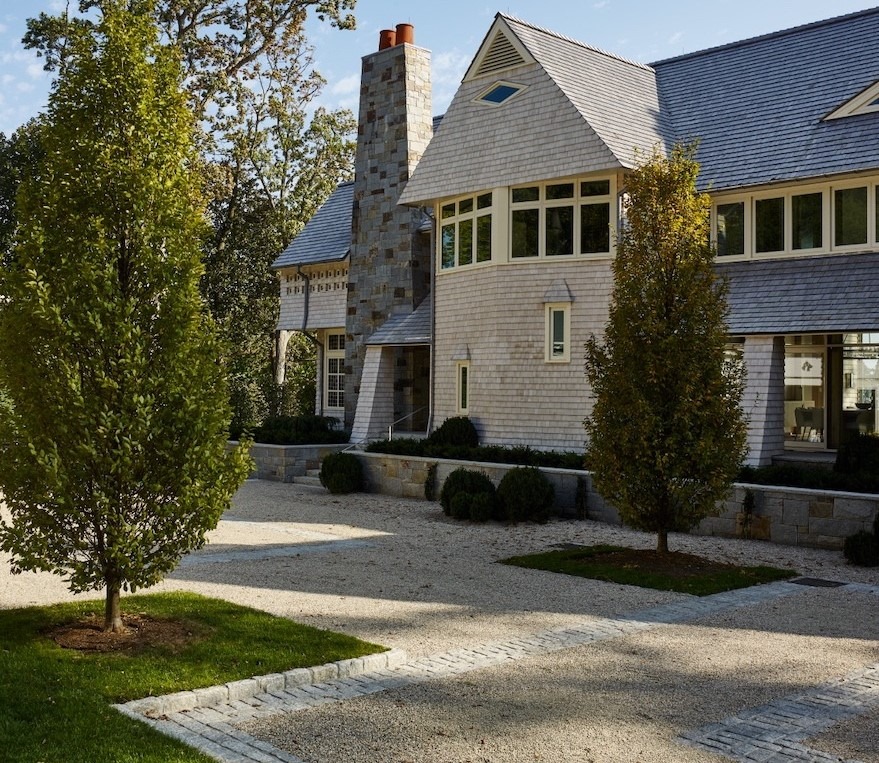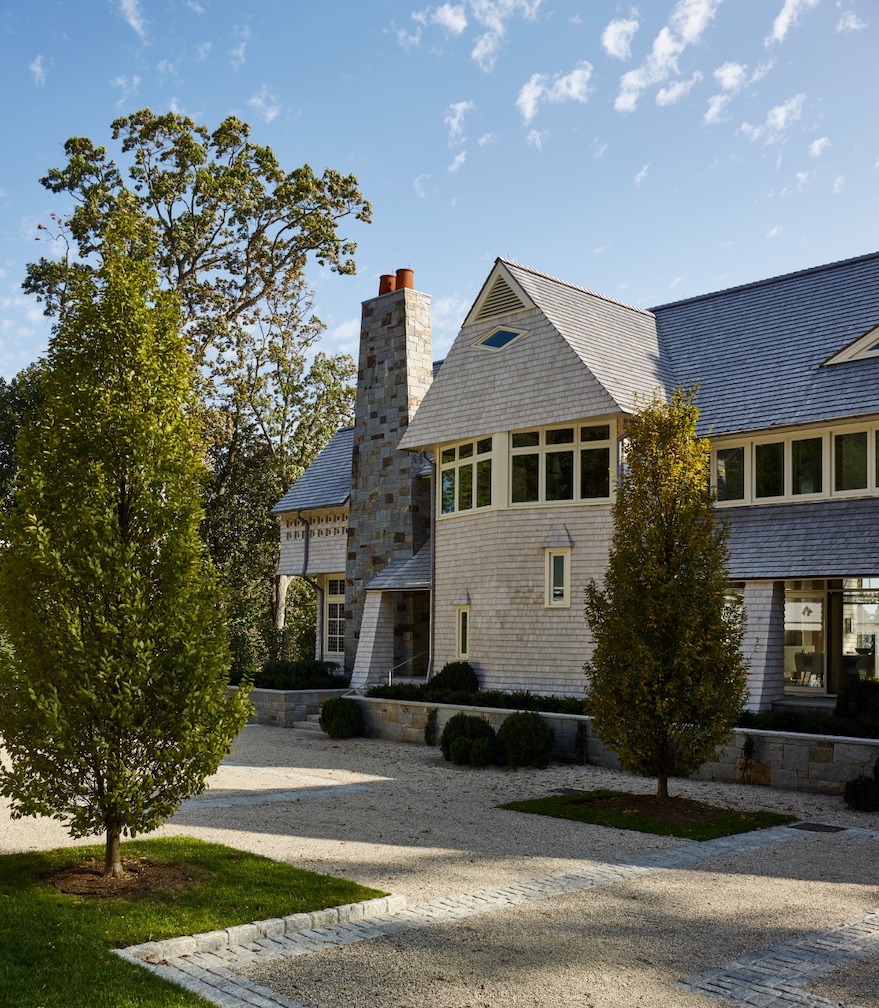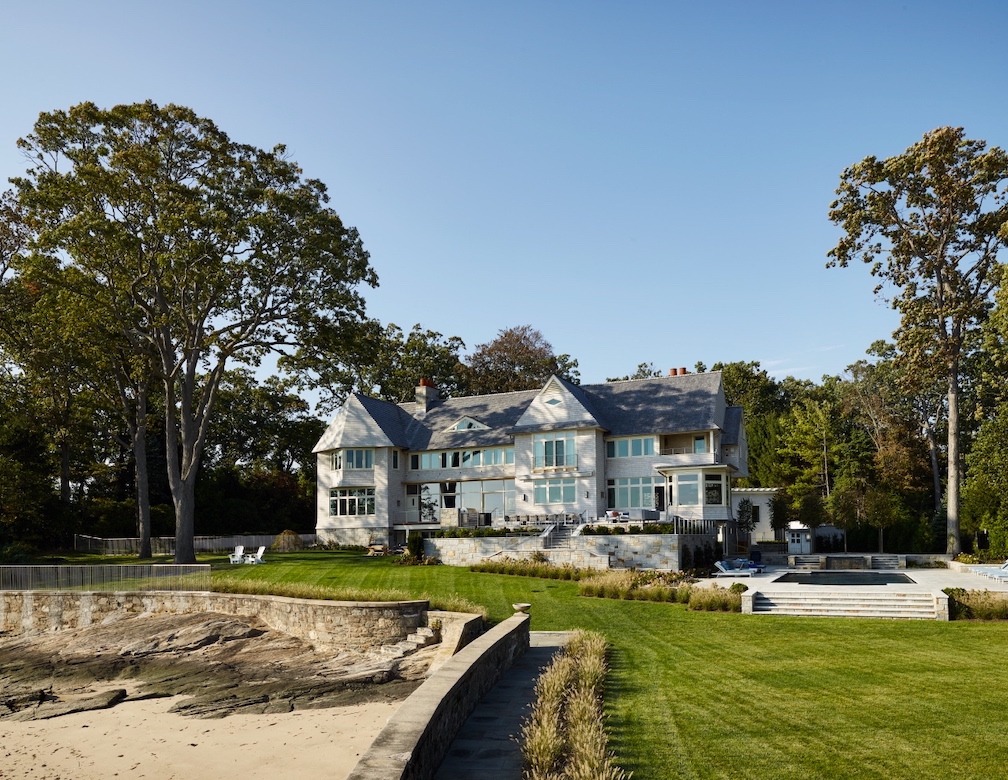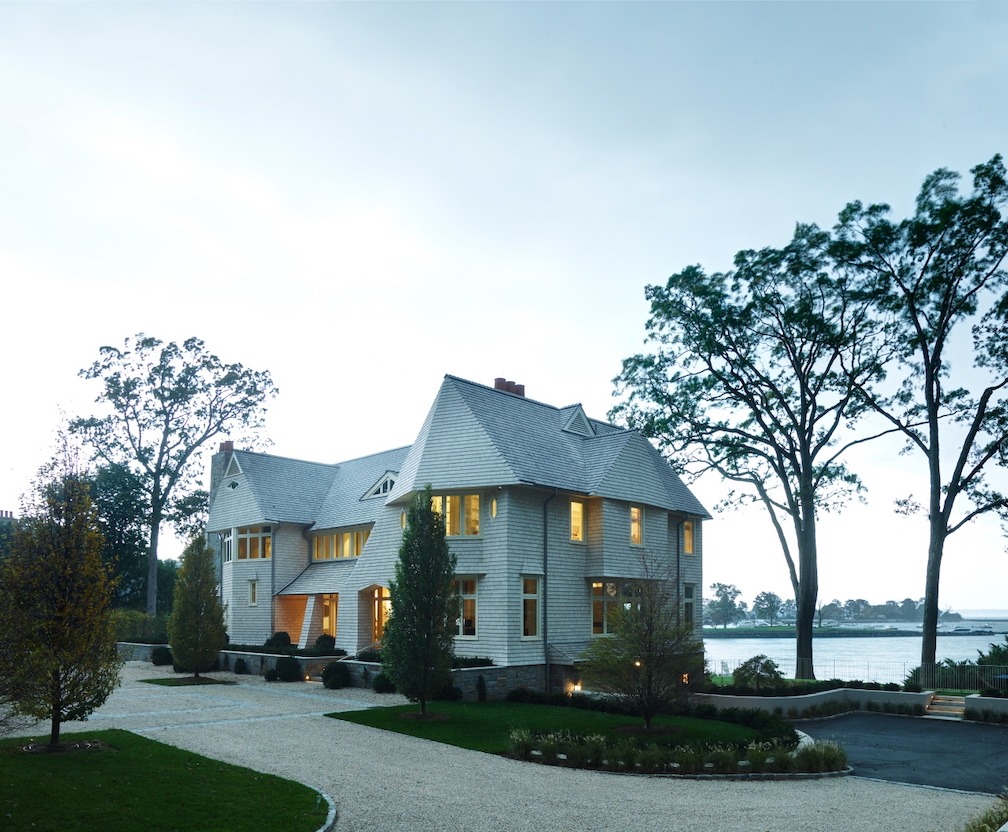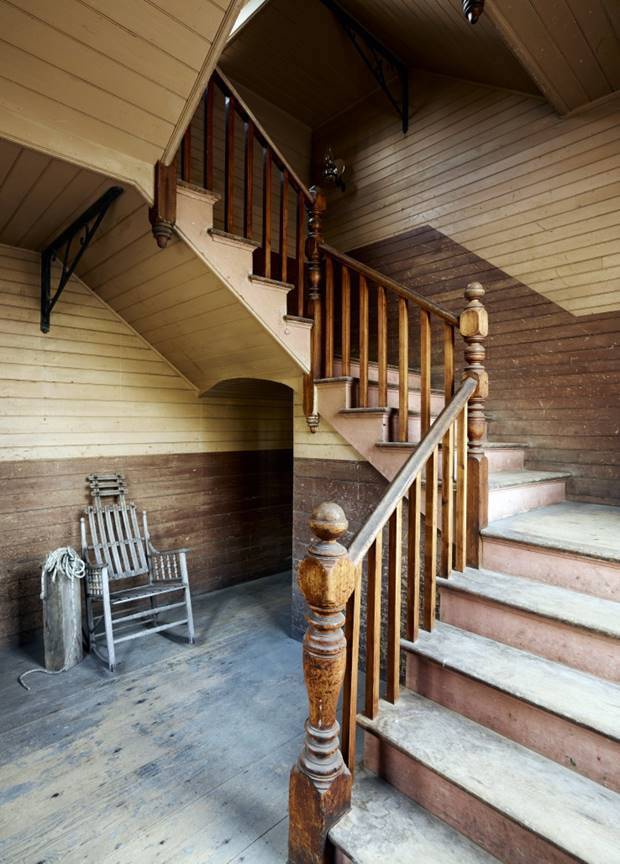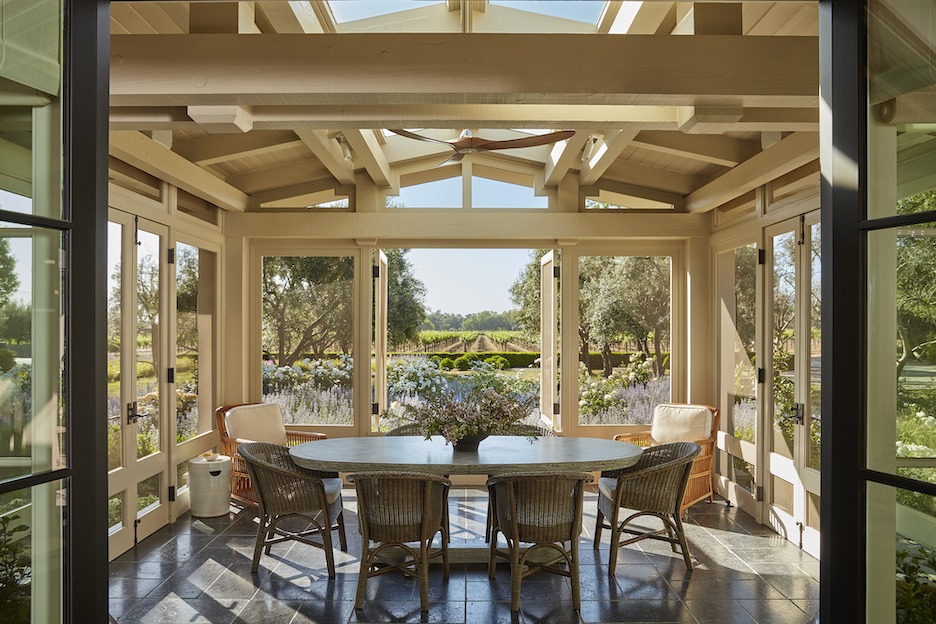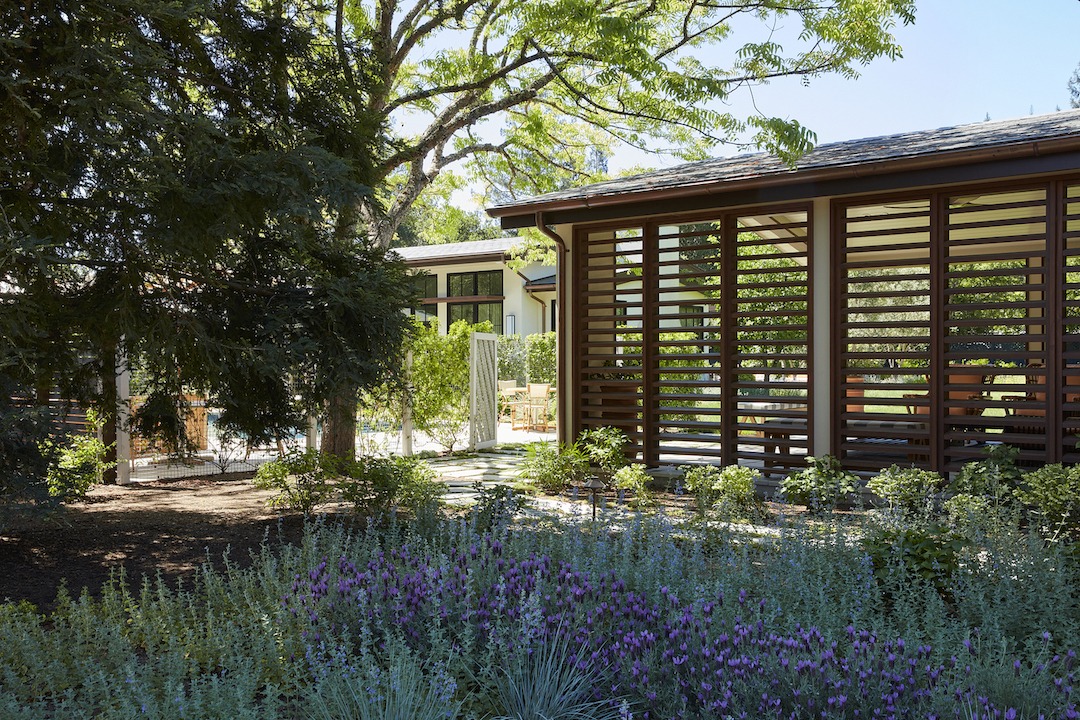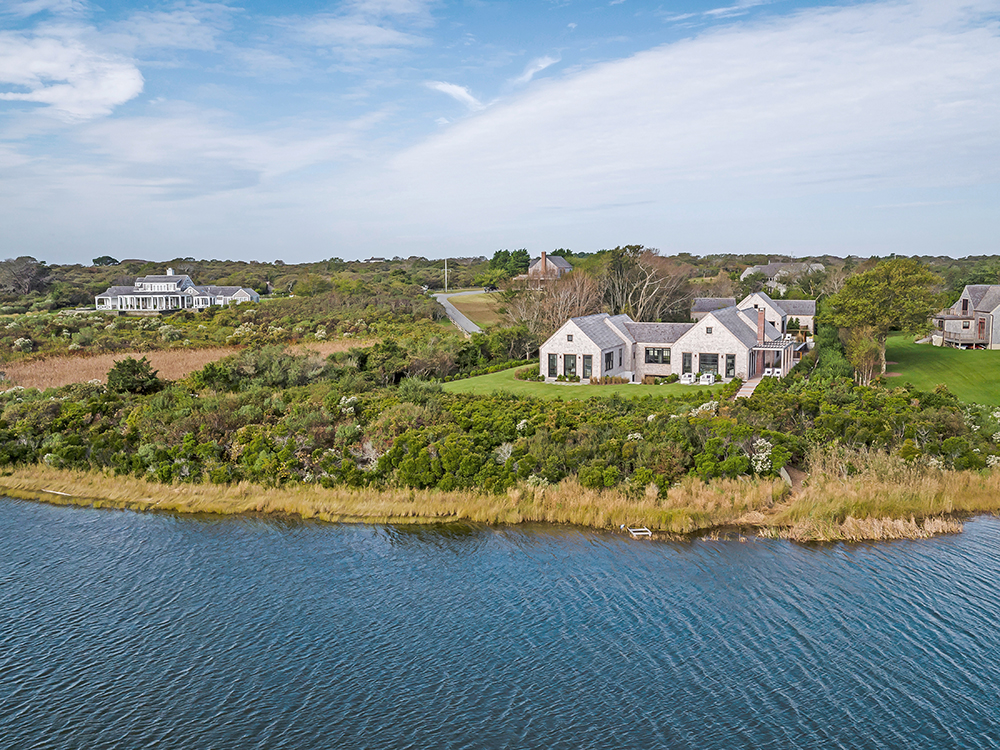John Ike’s new book is at once a chronicle of a gifted architect’s work in a number of styles – and a salute to the firm where he worked for 33 years.
Nine Houses/Nine Stories looks at recent architecture, coast to coast, by Ike Kligerman Barkley. The firm split up, amicably, into three entities last year: Ike Baker Velten, Kligerman Architecture & Design and Joel Barkley Architect.
To some degree, it had always worked that way. “It was three practices under one roof,” Ike says. “We shared accounting but had our own projects.”
With the split, “I took San Francisco and Tom took New York,” he says. Barkley continues to practice in both cities.
In his introduction to Nine Houses/Nine Stories, Ike notes that some of the houses were designed in his studio; others, under the watchful eyes of his partners. But every IKB commission was influenced by more than the architect alone.
“The whole idea is to show diversity, different styles and orientation,” he says. “There’s attention to detail and a strong interest in craftsmanship and collaboration with craftspeople – that’s really the common thread.”
That’s especially true for his house in San Diego, a gut renovation of a house built in 1947 not by an architect but a navy commander, with a post-war flavor. “It’s midcentury stuff,” he says. “We had a group of artisans, whether woodworkers, furniture makers or glass makers – with lot of cross pollination. It makes it a lot more fun, that’s for sure.”
For an Oddfellows Hall project in Brookline, Maine, Ike partnered with two other architects, each taking one floor of the historic, Second Empire building from the 1890s. “My floor uses 1960s and ‘70s super-modern Italian furniture,” he says. “It’s like those old Italian palazzos with modern décor – this was my take on that.”
In the borough of Deal, N.J., he designed a Mediterranean-style home that overlooks the Atlantic. The town has an affinity for that style, plus the City Beautiful-inspired Tudor influence. But here, he looked back to history too – and an Italian material palette.
“Mt. Etna is an active volcano that destroyed Catania on the east coast of Sicily in 1928,” he says. “When they rebuilt it, they crushed up the lava for stucco, so there’s black stucco with white limestone trim.”
Black houses have been popular in Deal for the last 10 years, so his clients suggested he design their home out of black sand and white trim. The interior reverses the pattern, with terrazzo floors in white marble and a black matrix, and white walls.
“There’s a rustic feeling and once again it’s traditional architecture, but the furniture is more contemporary, with vintage Italian and contemporary pieces,” he says. “And there’s an Italian aesthetic overall, with a barrel roof that’s Mediterranean shingled.”
He chose these nine houses, with written commentary from his clients, to show his varying roles as mentor, designer and principal. All, he says, are collaborations to one degree or another. And all are different.
“I don’t have a formula,” he says. “I love renovations. I love modernism. I love materiality. And then I work with whatever the owner has on the wish list.”
From Shingle Style to William Wurster-inspired modernism, this architect has done it all.
For more, go here.

